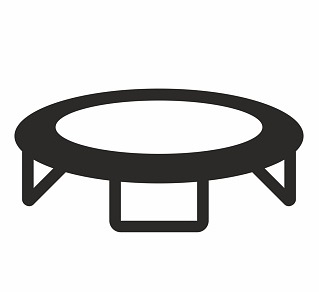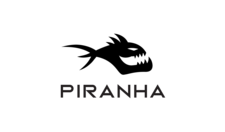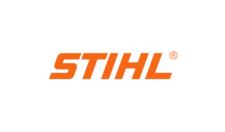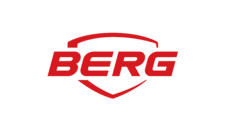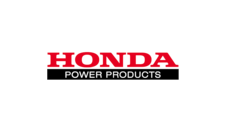An Introduction To Outboard Engines
An Introduction To Outboard Engines
Before the outboard engine, if you wanted to power a small boat you had to rely heavily on some sort of wind or muscle power available at hand. Nowadays, outboard engines power more saltwater-fishing boats than any other type of motor.
Outboard engines are known for having impressive horsepower in a lightweight and easily portable structure. These engines have many benefits including a high horsepower to weight ratio, easy installation, and maintenance.
If you are new to the world of boating you may not be familiar with terms such as outboard, cowl, powerhead, tiller, Hydraulic steering and skeg, but you’re about to be!
*Please note: Our range of Suzuki & Honda outboard engines will be coming soon. In the meantime feel free to view the Marine section of our website which will be stocked soon. All outboard engines have detailed product descriptions.
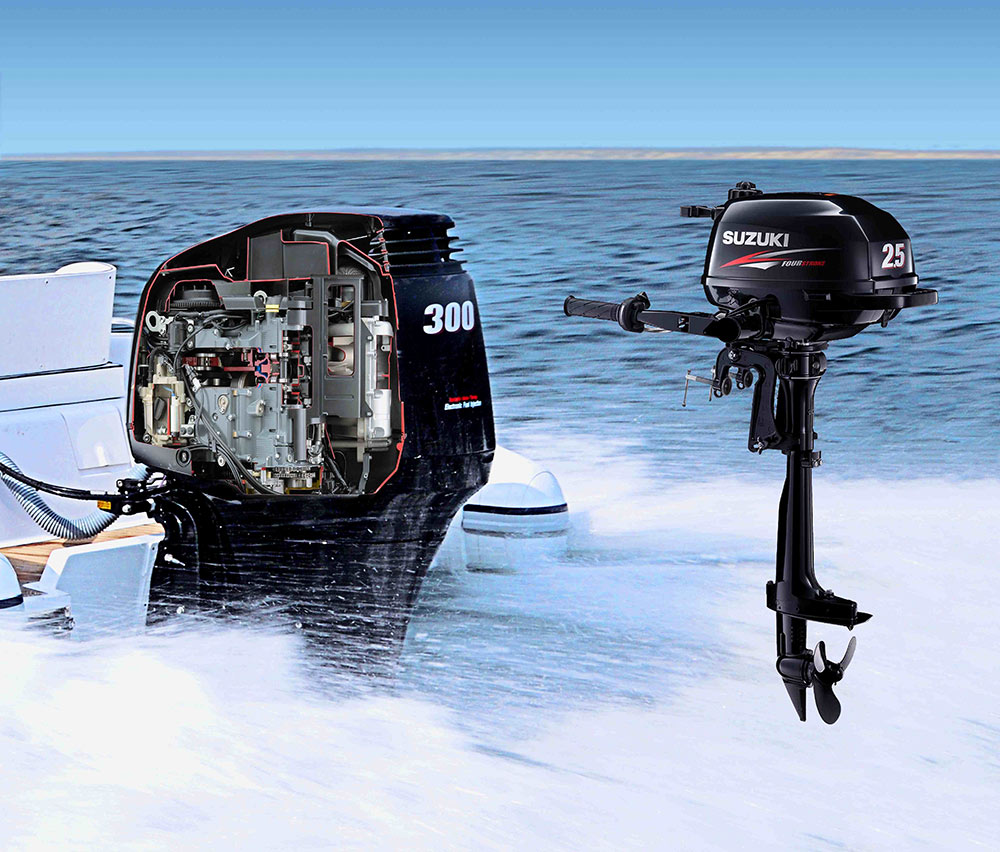
What is an outboard engine?
The outboard engine is affixed to the boat using clamps and can be easily moved from boat to boat. Since the engine is installed to the outside of the boat this leaves more space in the interior of the boat. There is one main difference between a car engine and an outboard engine, instead of driving a gearbox, the motor powers a propeller.
If you want to steer the boat using an outboard engine, you tilt the motor casing which will allow the propeller to push the water away from the boat at an angle. By opening up the throttle this allows the engine to burn more fuel. This increases the speed so your outboard engine can take you wherever you need to go.
Modern day 2 stroke engines have been creeping up on 4 stroke engines thanks to advancements in technology. Weight, speed, fuel economy and overall reliability are much more comparable.
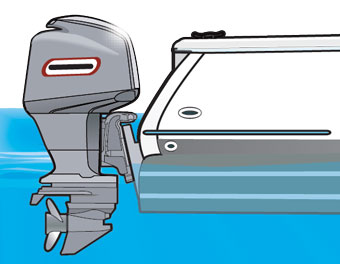
Breaking down the inner workings of an outboard engine
The top half of the engine contains the outboard powerhead, which is designed to keep all elements of the outboard intact. The mid-section refers to the middle part of the engine, connecting the powerhead and the and the outboard lower unit which is located below.
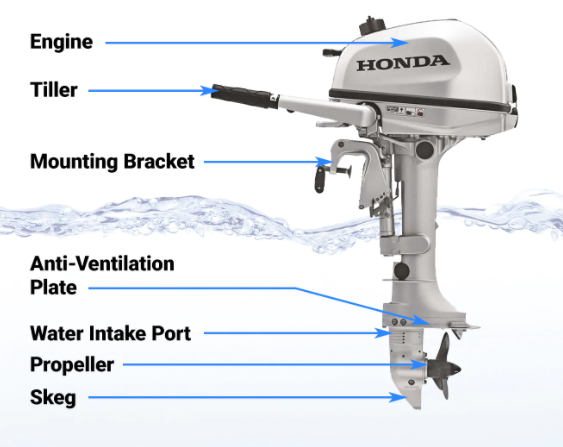
1. The powerhead
Inside the powerhead you will find all the key components that makes the engine run such as the engine block, cylinder heads, pistons and valves. Another interesting feature within the powerhead is the cooling passages which allow water to absorb heat and flow through the powerhead. These cooling passages can be found in the engine block, cylinders and cylinder heads. This constant flow of water prevents the engine from overheating and protects the metal casing.
Four stroke engines- require engine oil. Regular oil and oil-filter changes are required.
Two stroke engines- rely on oil injection. The oil-injection reservoir needs to be filled regularly.
Top Tip From Our Experts: Flushing the engine with fresh water after each outing will clear the cooling-water passages and rinse away any salt which could potentially cause rust.
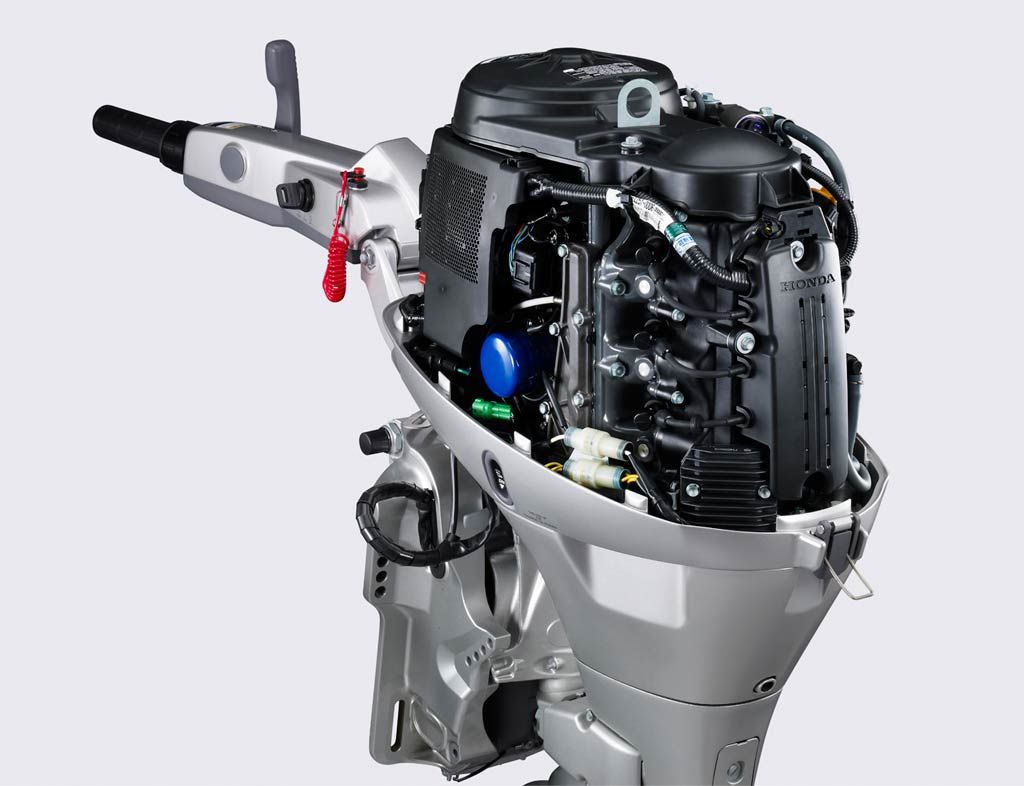
2. The engine cowl
The hood of the powerhead is often referred to as an outboard cowl. This helps to seal all water out of the engine through a rubberized gasket around the base of the cowl and compression latches. Baffled intakes also allow air to enter the engine while also removing any water that may sneak in. Since keeping water out of the engine is so important, the cowl and compression latches must be always kept in good condition.
3. The outboard mid-section
The mid-section connects the engine to the lower unit of the outboard. Generally speaking, most saltwater boats today use either:
Hydraulic steering- By turning the wheel you are delivering hydraulic pressure to the actuator attached to the outboard.
Power-assisted hydraulic steering- uses an electric motor to help drive hydraulic pressure.
This mid-section includes a bracket, which attaches the motor to the transom of the boat. This is how the boat is directed and steered. The driveshaft housing can also be located on this area of the outboard and this serves as the main structural piece of the engine.
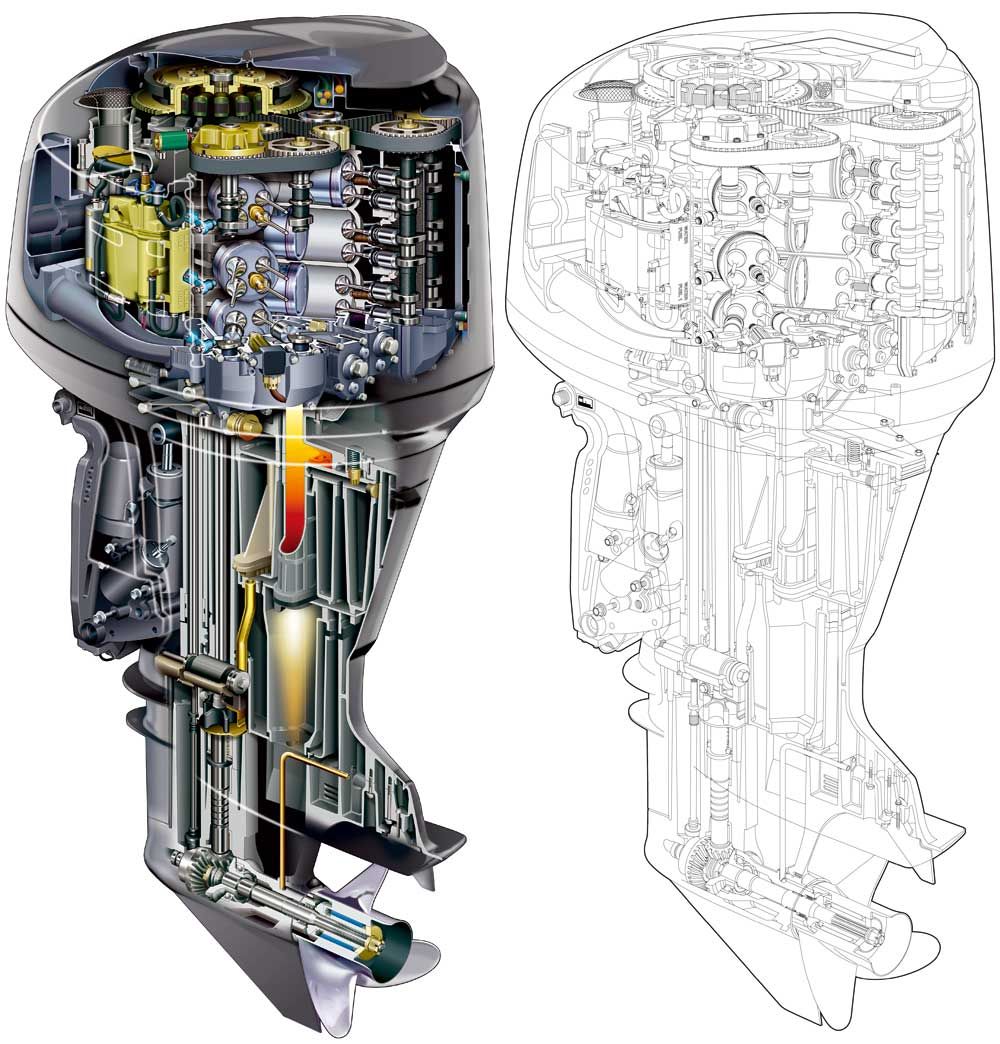
4. The Outboard lower unit
The lower section of the outboard holds a lot of moving parts. This section sits under the water and includes shift mechanisms, driveshaft, propshaft, gear set, clutch dog, bearings, seals and shims. In most outboards the forward and reverse gears and the exhaust are located here.
The skeg is the lowest point on an outboard engine and allows your boat to turn safely and effectively. This protects the propeller from getting caught in debris while in the water.
In terms of maintenance, pay close attention to this lower unit as this area delivers power directly to the water.

A Word From The ISE Team
Here at ISE Forest and Garden we care about the safety of each and every one of our customers. We ask our customers to be aware of the safety features of your outboard engines and always implement safe boating practices. As always, the team here at ISE Forest and Garden are here to keep you well informed every week.
*Please note: Our range of Suzuki & Honda outboard engines will be coming soon. In the meantime feel free to view the Marine section of our website which will be stocked soon. All outboard engines have detailed product descriptions.
Click the links below to view our range of:
Tags: Outboard engines , Outboard motors , Marine engines , propeller , powerhead , skeg , tiller , Hydraulic steering , power assisted hydraulic steering , cowl , safe boating practices , four stroke engines , 2 stroke engines , An introduction to outboard engines , what is an outboard engine? , breaking down the inner workings of an outboard engine








